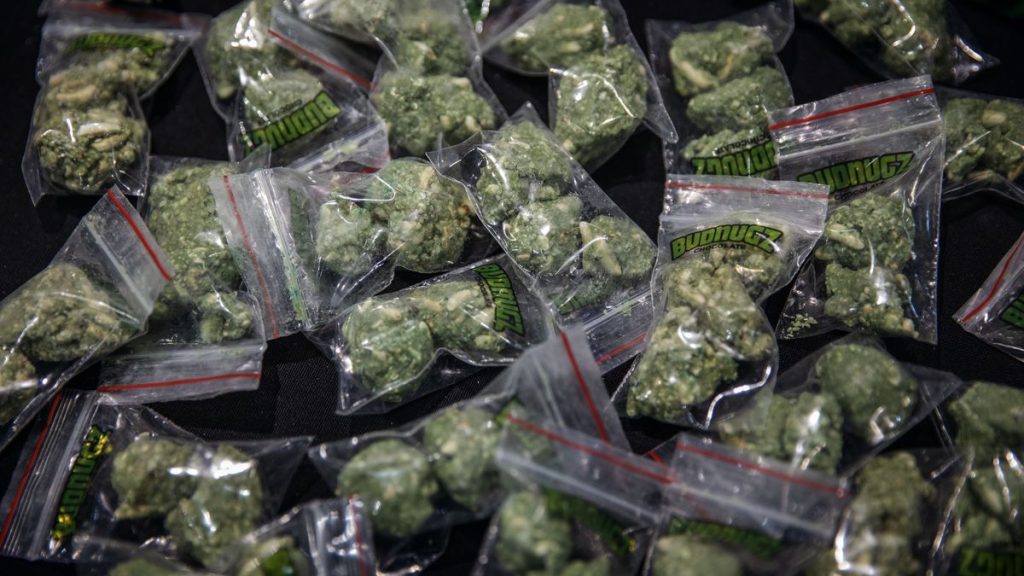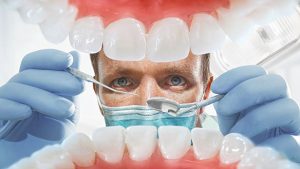We do not have a political stance on cannabis legalization. We investigate the cannabis plant, popularly known as marijuana, and the chemical components that it contains. Despite claims that cannabis or its extracts can treat a wide range of ailments, research has been limited and the findings have been mixed. At the present, we just do not know enough about cannabis or its constituents to assess its efficacy as a treatment. While some academics are researching into smoked or vaporized cannabis, the majority are looking into particular cheap weed chemicals known as cannabinoids.
Cannabis is classified as a “dirty” substance by researchers since it includes hundreds of chemicals with unknown effects. That is why researchers usually concentrate on just one cannabinoid at a time. Only two plant-based cannabinoids, THC and cbd, have been widely examined, but there may be others with medicinal advantages that we are unaware of.

THC is the primary active ingredient in cannabis. It causes the “high” associated with cannabis by activating cannabinoid receptors in the brain, as well as the liver and other regions of the body. The only FDA-approved cannabinoids that doctors may lawfully prescribe are two THC-like lab-produced medicines. They are used to stimulate appetite and prevent wasting from cancer or AIDS.
Cannabidiol (commonly known as CBD), on the other hand, has no effect on cannabinoid receptors. It does not provide a high. Seventeen states have passed legislation allowing people with certain medical conditions to obtain cheap weed. Endocannabinoids are cannabinoids produced by our bodies. To better understand how cannabinoid receptors operate, researchers are developing novel medications that change their activity. The objective of this research is to find medicines that can use the body’s own cannabinoids to treat illnesses like chronic pain and epilepsy rather than cannabis itself Cannabis is being advertised as a remedy for a variety of medical ailments.
























